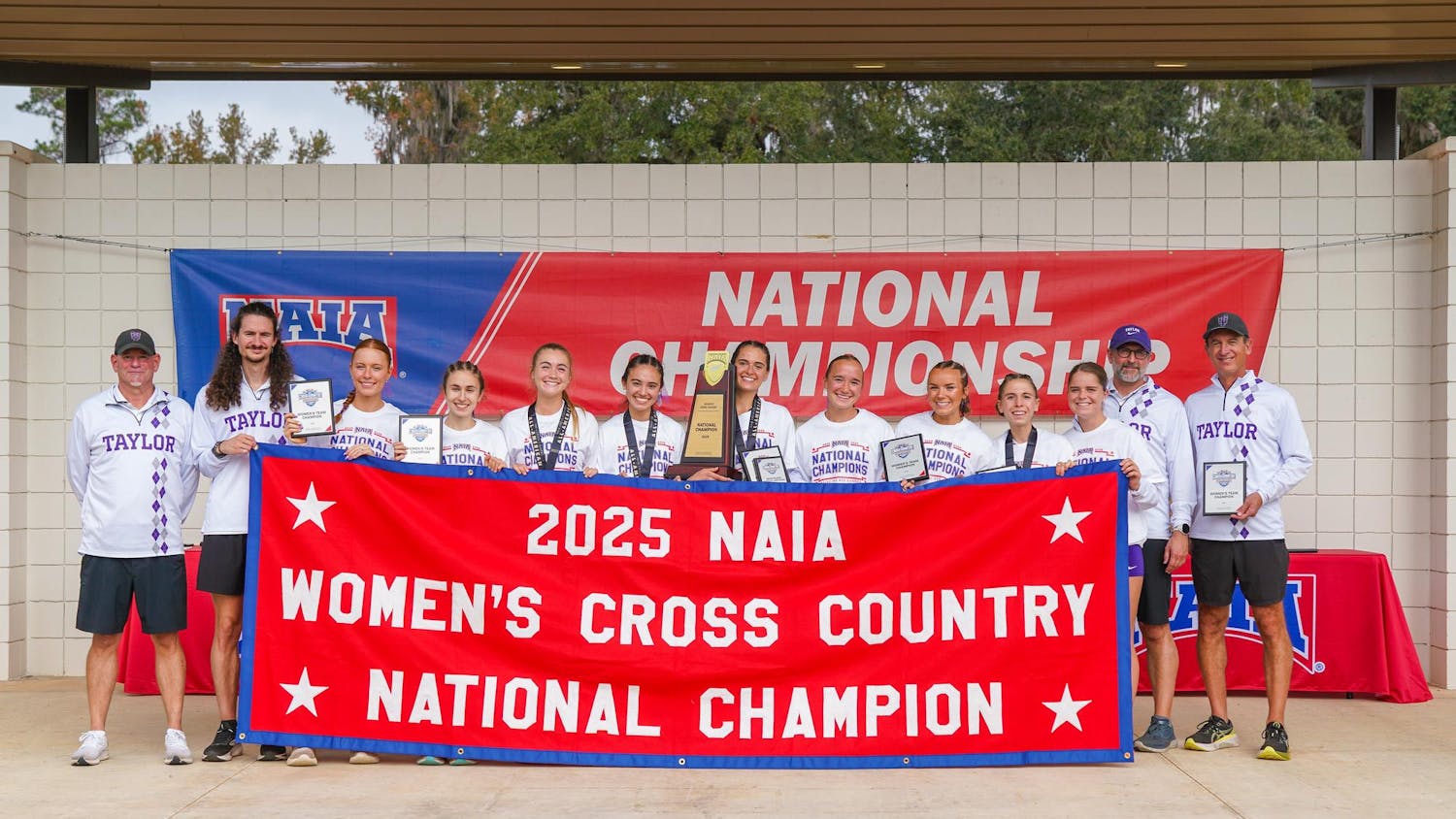Ellie Tiemens | The Echo
Taylor University students and faculty recently partnered with NearSpace Launch Inc. to make history in sending nanosatellites to space.
On April 17 at 4:46 p.m., computer science students, engineering students and faculty watched as nearly two years their of hard work was launched into space.
"I was ecstatic when I heard our satellite was successfully retrieving data," senior Jason Argo, the satellite program manager during the 2017-2018 school year, said. "This will go down as the coolest project I worked on in college."
This began as a senior project a few years ago. More recently, Taylor students partnered with a consortium of space and technology companies to build a nanosatellite - or a small satellite that can transmit data from low space orbit.
These nanonsatellites, called ThinSats, were able to be launched into space to collect data for them.
One company that they worked closely with is NearSpace Launch Inc., an Upland-based company founded by Jeff Dailey, a former research engineer at Taylor and Hank Voss, a former professor of engineering and physics at Taylor.
Students also worked with The Virginia Commercial Space Flight Authority in Wallops Island, Virginia, where the rocket was launched.
Another company, Northrop Grumman, provided the rocket in which the ThinSats were launched.
Taylor, as well as other colleges and universities around the country, took advantage of the opportunity provided by these companies that work for students to send things into space more easily.
However, the team at Taylor did things a little differently.
Where many schools were given parts of the satellite to build - sort of like a Lego set - Taylor students successfully designed and built their own payload board on the satellite. In doing this, they were able to make their ThinSat do whatever they wanted it to do.
One thing they added to their satellite are luminescent LED lights that will blink "Taylor- PhyxtGears" in Morse code.
The successful completion of building their own ThinSat and the launch last week is an exciting event for the engineering community at Taylor.
Taylor is making nanosatellite history as this is the first time the ThinSat design has flown in space and the Taylor satellites have the only student payload boards that were designed from scratch.
"It's an exciting project," Bill Bauson, assistant professor of systems and one faculty member heavily involved in this project, said. "This is the cutting edge of this technology . . . this would actually be the only time that students have tried anything like this and actually got it into space."
Additionally, this project provided a unique learning experience for the students involved.
They had the chance to not only design and build the satellite, write code for the program, get exposure to the system design process and go through design reviews with NASA, but many also witnessed their hard work being launched into space.
For Argo, this project helped him discover the career path he wants to take. He said it also helped him grow professionally.
"Under the direction of professor Bauson and other CS/Engineer (faculty), our Taylor team was able to successfully build and launch a satellite with a team of primarily undergraduate students," Argo said. "This speaks to the quality of Taylor's faculty, students, and opportunities available under the Computer Science and Engineering programs."




